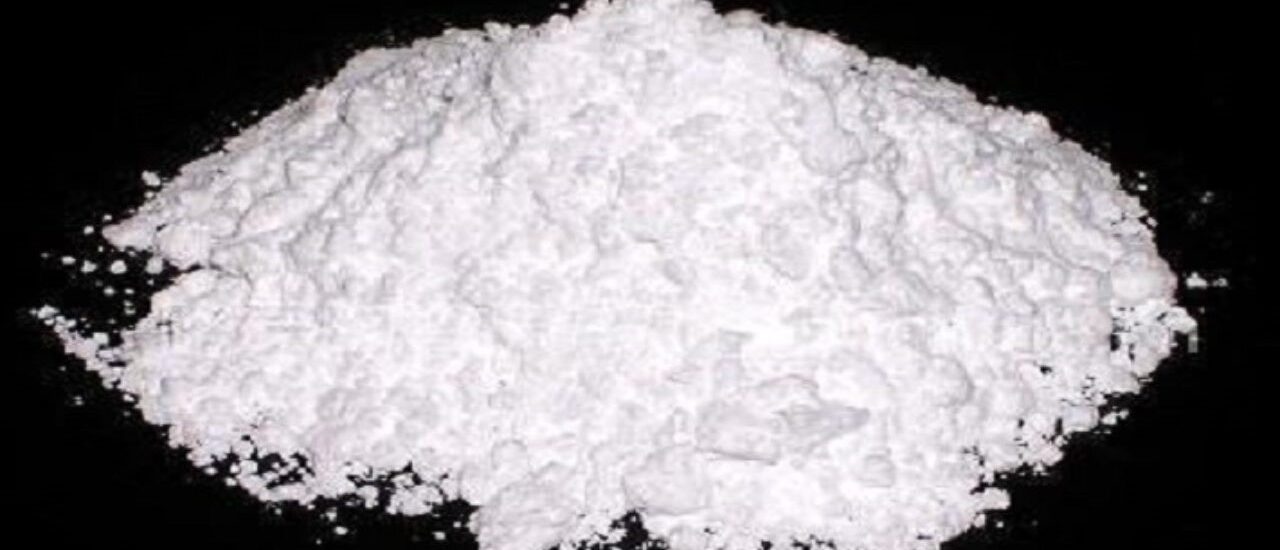The global alumina trihydrate market is projected to accelerate at a phenomenal CAGR of 7.7% throughout the forecast period from 2023 to 2033. The global market is expected to be valued at US$ 5,324.6 million in 2023 and to exceed US$ 11,180.1 million in 2033. In 2022, the market was valued at US$ 4,936.1 million. The global alumina trihydrate market grew at a 7.4% CAGR between 2018 and 2022, according to Future Market Insights’ historical data.
The primary reason driving the growth of the worldwide alumina trihydrate market is its diverse application in multiple industries such as plastics, papers, paints & coatings, and others. All of these businesses rely heavily on alumina trihydrate, and their expected growth should drive up aluminum hydroxide sales. It is anticipated that more than 90% of alumina trihydrate output is used to make aluminum. When utilized in flame retardant applications, alumina trihydrate inhibits and minimizes fire spread via plastic.
Alumina trihydrate or aluminum hydroxide is known for its power source from bauxite. It is translucent and white in color. Through exposure to heat, alumina trihydrate converts to aluminum oxide and releases water. The powder is most commonly used for preparing transparent lake pigments.
Request Copy of Sample Report:
https://www.futuremarketinsights.com/reports/sample/rep-gb-335
Report Highlights
Alumina trihydrate comprises antacid properties and can facilitate the maintenance of optimum pH in the gastrointestinal tract. Its antacid properties are likely to make aluminum hydroxide demand soar from the worldwide pharmaceuticals industry. Furthermore, its excellent filler qualities make it suitable for use in plastics, cosmetics, detergents, inks, ceramics, and glass. It is also an excellent water-repellent, flame-retardant, and paper coating.
Over recent years, strict fire safety regulations have come into force all over the world. This has resulted in augmenting demand for high-quality flame retardants that have been on a consistent rise. Future Market Insights (FMI) expects this trend to continue between 2023 and 2033.
Throughout the assessment period, non-halogenated flame retardant demand elevated all over the globe, owing to various fire-related accidents. The use of alumina trihydrate also gained traction for engineering papers, plastics, rubbers, paints, and coatings. Automobiles with low weights tend to be more fuel efficient as it takes less power to move them compared to heavy all-metal vehicles.
Recent Developments
Approximately 10 to 15% of any modern-day vehicle’s weight includes plastic composites. Owing to these factors, automobile manufacturers are increasingly preferring these composites over metals. The use of metals can add to the strength and durability of automobiles.
Other kinds of metals also tend to make vehicles heavy, which is likely to impact their fuel economies adversely. Plastic composites engineered using alumina trihydrate can reduce a vehicle’s weight significantly. Among several car owners all over the globe, fuel economy has become a prominent talking point.
Fuel prices have been steadily rising in recent years, and vehicle owners are on the lookout for products that offer fuel economy benefits. Moreover, FMI anticipates this trend to persist over the next decade and drive alumina trihydrate demand. Using alumina trihydrate in automobile manufacturing as an alternative to titanium dioxide can also lower production costs by around 25%.
Don’t Miss Out – Buy Report Now: https://www.futuremarketinsights.com/checkout/335
Competitive Landscape
Attributing to the widespread expansion of the alumina trihydrate market, the competition is predicted to grow fiercer due to the presence of dominant regional and international players in the market. The market still has a fair way to go before it reaches a saturation point. FMI anticipates both leading and emerging players to expand production facilities based on trends from the recent past.
There are massive investments in research and development activities as manufacturers are keen on reducing costs and improving quality. Acquisitions and mergers look probable too.
In January 2023, ChemIndia, a company based in India, announced the launch of extender pigment products which include alumina hydrate. In August 2022, Cimbar Resources Inc. acquired the manufacturing assets of Imerys Carbonates USA Inc. related to calcium carbonate manufacturing.
Top Key Player in the Global Market
- Sumitomo Chemical Co. Ltd.
- Aluminum Corp. of China Ltd.
- Nabaltec AG
- National Aluminium Company Ltd.
- Huber Engineered Materials
- SCR Sibelco NV
- R.J. Marshall Company
- Alteo
- Southern Ionics Incorporated
Unlock Exclusive Access – Buy Now: https://www.futuremarketinsights.com/checkout/335
Key Segmentation
By End Use:
- Plastics
- Paper
- Paints and Coatings
- Adhesives
- Chemicals
- Pharmaceuticals
By Region:
- North America
- Latin America
- Western Europe
- Eastern Europe
- Middle East and Africa
- Asia Pacific excluding Japan
- Japan
About Future Market Insights (FMI)
Future Market Insights, Inc. (ESOMAR certified, recipient of the Stevie Award, and a member of the Greater New York Chamber of Commerce) offers profound insights into the driving factors that are boosting demand in the market. FMI stands as the leading global provider of market intelligence, advisory services, consulting, and events for the Packaging, Food and Beverage, Consumer Technology, Healthcare, Industrial, and Chemicals markets. With a vast team of over 5000 analysts worldwide, FMI provides global, regional, and local expertise on diverse domains and industry trends across more than 110 countries.
Contact Us:
Future Market Insights Inc.
Christiana Corporate, 200 Continental Drive,
Suite 401, Newark, Delaware – 19713, USA
T: +1-845-579-5705
For Sales Enquiries: sales@futuremarketinsights.com
Website: https://www.futuremarketinsights.com
LinkedIn| Twitter| Blogs | YouTube




